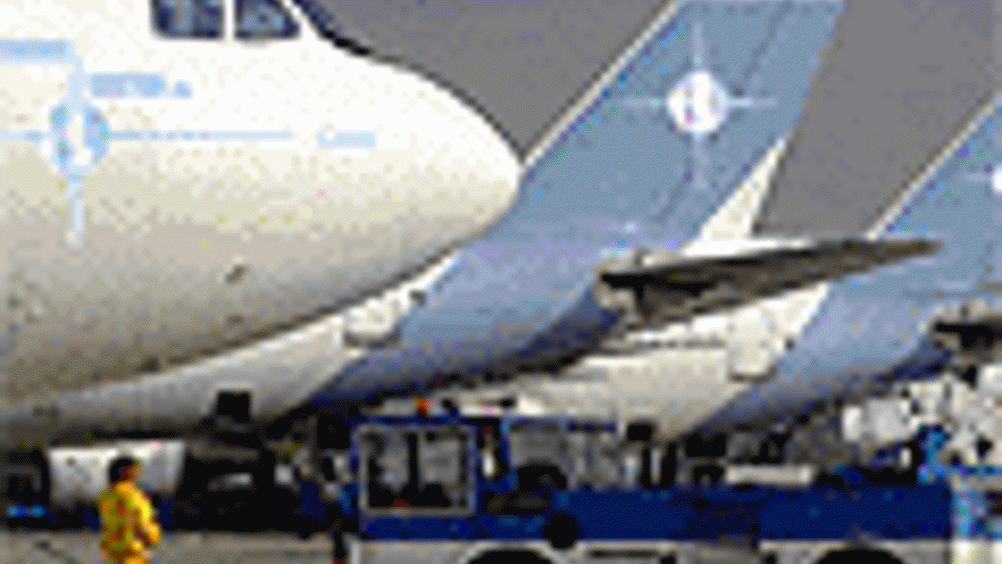Airport organisation
There's a wind of change blowing through the air transport industry. To the outsider it may appear that only the regulatory structures have been altered. Max Glaskin reports.

There's a wind of change blowing through the air transport industry. To the outsider it may appear that only the regulatory structures have been altered. But it goes much further - right to the heart of making sure that planes are safe to fly.
Maintenance is critical and there are reams of regulations that have to be followed to ensure the right maintenance is done in the right way at the right time. In 2003 the EU set up the European Aviation Safety Agency to promote the highest common standards of safety and environmental protection. Oversight within the
Research is about to start at
Register now to continue reading
Thanks for visiting The Engineer. You’ve now reached your monthly limit of premium content. Register for free to unlock unlimited access to all of our premium content, as well as the latest technology news, industry opinion and special reports.
Benefits of registering
-
In-depth insights and coverage of key emerging trends
-
Unrestricted access to special reports throughout the year
-
Daily technology news delivered straight to your inbox










Comment: Engineers must adapt to AI or fall behind
A fascinating piece and nice to see a broad discussion beyond GenAI and the hype bandwagon. AI (all flavours) like many things invented or used by...